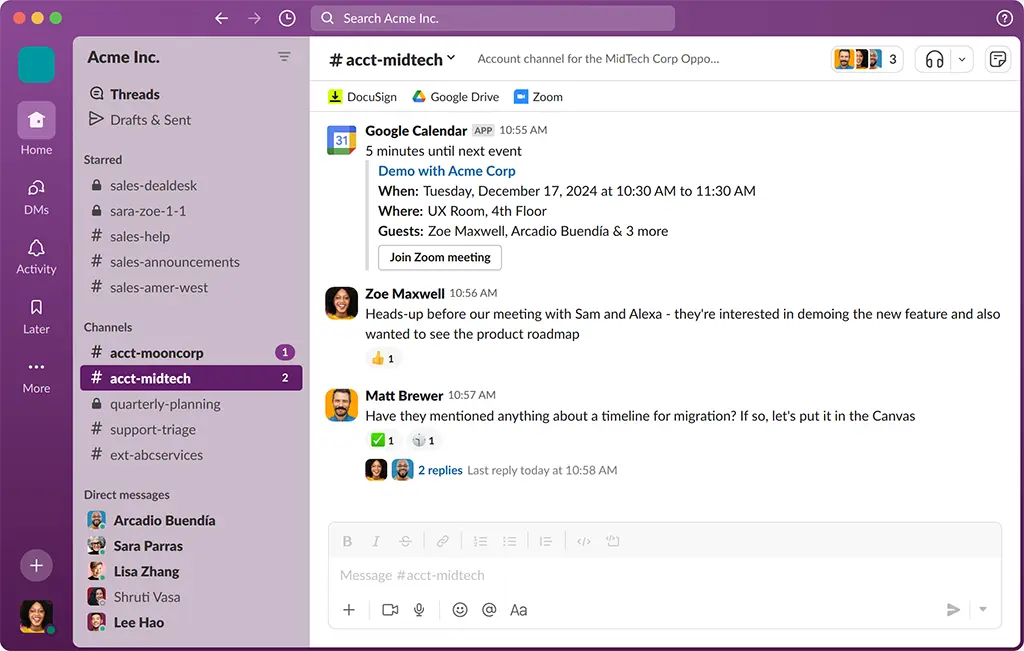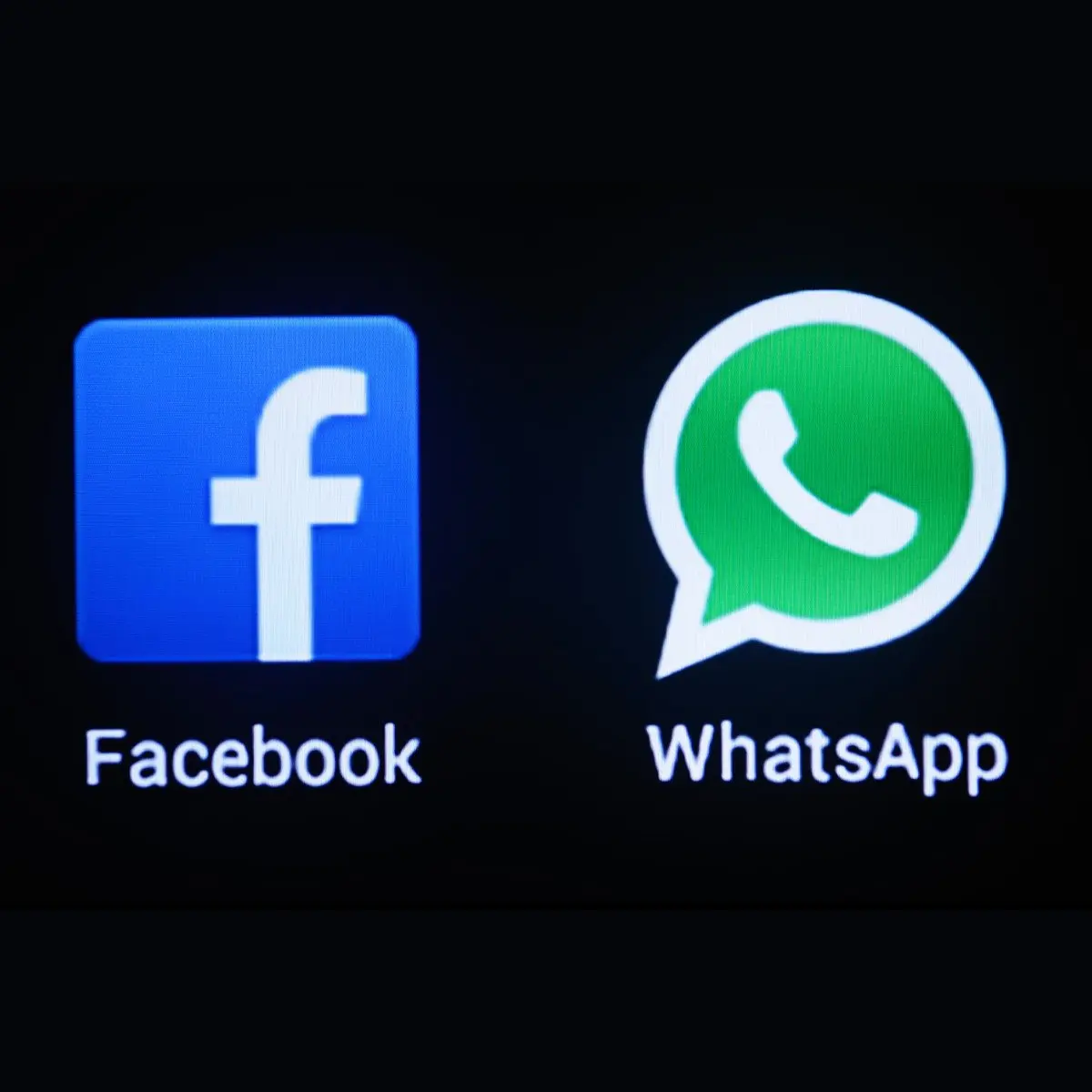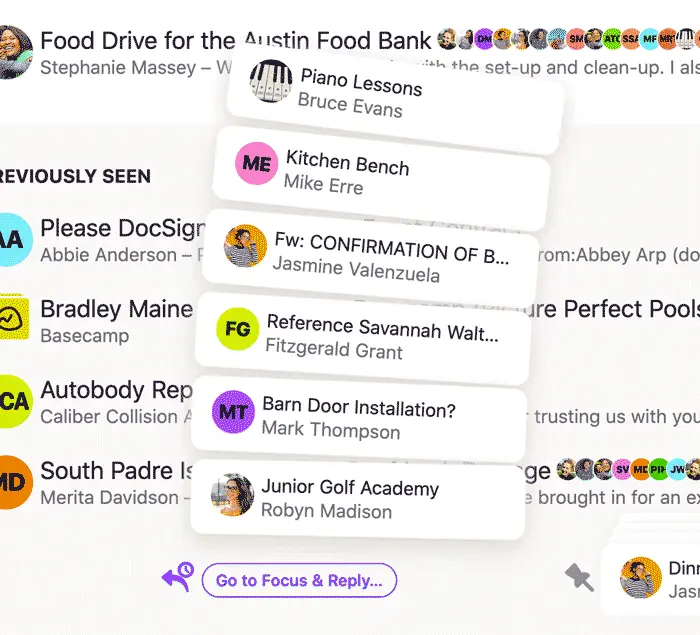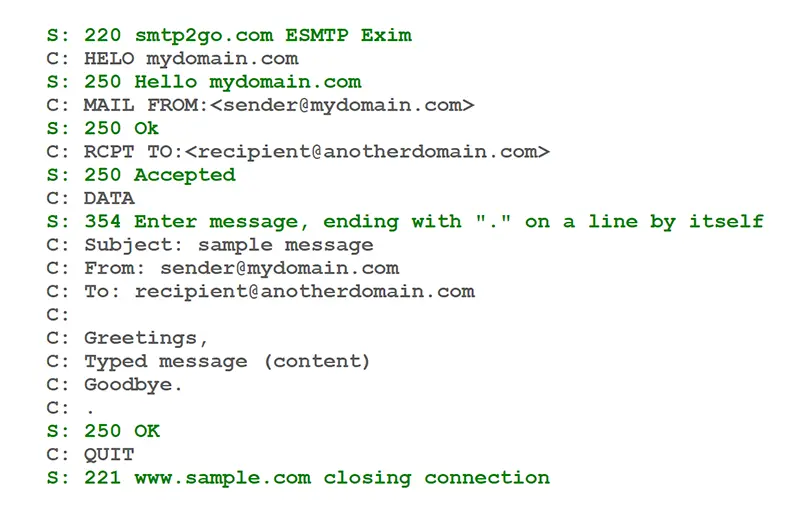Blog
Go backThe Day Email Didn't Die: Every "Email Killer" That Failed
Hot Takes · August 8th, 2025
Email has had more funerals planned than a cat with nine lives. Every few years, a shiny new tool shows up swearing it will "kill email" for good. Spoiler alert: email's still here, stubborn as ever. From Google's overhyped Wave to team chat apps and walled-garden messengers, each so-called email killer has either flopped or quietly joined forces with email in the end. Here's a tour through the graveyard of email killers – and why the old SMTP workhorse is still kicking.
Google Wave: Future of Email (That Crashed and Burned)
Google Wave's logo – hailed as the real-time future of email in 2009, waved goodbye by 2010.
Google Wave was supposed to be "email if it were invented today." Announced in 2009 with ridiculous hype, Wave was touted as an "email killer." The hype was out of control. It combined email, IM, document editing – basically everything and the kitchen sink – into one monster platform. Problem was, no one could figure out how the hell to use it. As one commentary put it, Wave failed because there wasn't demand for it, and people just couldn't figure out what it was. It was too ethereal. Google never articulated why regular people needed Wave, and unsurprisingly, they didn't.
 Hailed as the real-time future of email in 2009, waved goodbye by 2010.
Hailed as the real-time future of email in 2009, waved goodbye by 2010.
Wave also broke the golden rule of email: interoperability. You could only Wave with other Wave users, a fatal flaw. The beauty of email is I can message anyone, no matter which email service they use. Wave's silo was like only being able to email others on the same domain – which is worthless. After barely a year, Google pulled the plug. The "future of communication" got a quick reality check: people were perfectly fine with plain old email, thank you very much. Wave waved goodbye, and email lived on unbothered.
 The team chat darling that promised to eliminate email, but often just added another notification tab.
The team chat darling that promised to eliminate email, but often just added another notification tab.
Slack: The "Email Killer" That Ended Up in Your Inbox
Slack's logo – the team chat darling that promised to eliminate email, but often just added another notification tab.
When Slack burst onto the scene in the mid-2010s, it literally branded itself the "email killer". Team chat channels, instant messaging, GIFs – who needs boring email threads, right? To its credit, Slack did reduce some internal email clutter for many companies. But did it kill email? Hell no. Slack as the 'email killer' never quite materialized – in fact Slack eventually embraced email integration. (If you can't beat 'em, join 'em.) Slack started letting you forward emails into Slack, and it sends plenty of email notifications when you're not online. Irony much?
The truth is Slack just shifted some communication out of the inbox and into yet another app. One veteran Slack user noted that while Slack might cut down the volume of email, it doesn't "kill email and make it go away" – it mostly moves the clutter around. Sure, fewer "FYI" all-staff emails, but now you get bombarded by channel pings and @everyone tags. And guess what many Slack power users discovered? For big announcements, formal approvals, or anything involving people outside your organization, you still end up sending an email. Even Slack's CEO Stewart Butterfield admitted email isn't going anywhere, calling it a cockroach that might be with humanity for "30-40,000 years" and is "a way for anyone in the world to send anyone else a message. It's very useful.". In the end, Slack became an awesome collaboration tool – but email is still CC'd on life's important stuff.
Facebook & WhatsApp: The Walled Gardens That Couldn't Replace Email
Mark Zuckerberg once implied that younger folks had "moved beyond email" to social messaging. Facebook even gave everyone @facebook.com addresses around 2010, in a bid to route messaging through Facebook's system. How'd that turn out? For several years, Facebook assigned every user an email address... until that feature was killed due to lack of adoption. Turns out nobody wanted to manage yet another inbox, especially one tied to a single company. You could message fellow Facebook users, sure, but if Grandma wasn't on Facebook, you were back to good old email.
The same story played out with WhatsApp (and its cousins like WeChat, Telegram, etc.). In many countries, WhatsApp became hugely popular for quick chats, group texts, and sharing memes. Some proclaimed that messaging apps would spell the end of email. But the numbers tell a different story: WhatsApp hit about 1.6 billion users – impressive, yet just 38% of the number of email users. Even combining WhatsApp, Facebook Messenger, Slack and others, email still touts more users than all those platforms combined. And critically, usage data shows messaging apps didn't make a dent in email's dominance. Their rise came with no corresponding decline in email use, suggesting they serve as companions rather than replacements.
 Facebook and WhatsApp: great for chats, useless for reaching the whole world. Email still does that.
Facebook and WhatsApp: great for chats, useless for reaching the whole world. Email still does that.
Why? Because each messaging app is a closed network. You can't send an email to a WhatsApp account, or a WhatsApp message to a Slack user. They're siloed by design. Need to share a file with a colleague at another company? You're back to email. Applying for a job, signing up for an account, getting a password reset? Email, email, email. Even Facebook learned during a massive 2021 outage that when all else fails, it had to fall back on email to communicate with users. The walled gardens might be great for quick chat, but none achieved the universality of email.
 HEY’s big pitch: tame your inbox with gates and feeds. Nice for fans, but most people just keep using plain old email.
HEY’s big pitch: tame your inbox with gates and feeds. Nice for fans, but most people just keep using plain old email.
HEY and the "Reinvent Email" Club: Nice Try, Still Email
Not all email-killers tried to outright replace email – some tried to reinvent it. Consider Basecamp's HEY.com in 2020. HEY was pitched as a "fresh, radically different" take on email. It introduced screener gates for first-time senders, split your inbox into The Feed and Paper Trail, and promised to rescue you from "email hell." It got a ton of buzz (helped by a public fight with Apple over App Store rules), and indeed has some die-hard fans. But HEY's revolution came with a $99/year price tag and a closed system. Even its creators admitted HEY is "not for all or even most people". No kidding – convincing the masses to switch email addresses is insanely hard. Changing your primary email is "all the hassle of changing your phone number... a pointless struggle when existing options work basically fine". In other words, most people looked at HEY and said "looks cool, but nah, I'm not moving my life to a new inbox."
The same goes for countless other "better email" apps and services over the years – Google Inbox, Newton, Superhuman, you name it. They promise to fix email's annoyances (news flash: we all get too much mail). Some of these products are actually great email clients. But they're still email at the core, not a replacement. They layer on smart filtering or prettier design, yet ultimately ride on SMTP and IMAP like everyone else. And if they shut down or you get tired of paying, guess where you end up? Back in Gmail or Outlook webmail exporting your messages. The "email reinventors" never escaped email's gravity; they just orbit around it.
Why Email (SMTP) Refuses to Die
After all the above, you might wonder: why the fuck is email so unkillable? In short, email is the cockroach of the internet because it's built on open, distributed technology and universal habits. Unlike every "email killer" app which is a proprietary silo or product, email isn't owned by any one company – it's a decentralized network of servers speaking a common tongue (SMTP). As The Atlantic noted, email is a "tremendous, decentralized, open platform" – an open landscape of freedom amidst the walled gardens of social media and messaging services. Anyone can set up an email server, and anyone can reach anyone else as long as they have an address. No single corporation can pull the plug on email as a whole.
 Email’s secret? It speaks fluent open protocol. Everyone understands it.
Email’s secret? It speaks fluent open protocol. Everyone understands it.
Then there's sheer inertia and ubiquity. Billions of people use email – over 4.3 billion users as of 2023, projected to reach 4.8+ billion in a couple years – and that number keeps growing, not shrinking. Nearly every online service or app you use requires an email address to sign up. Your email is your universal login, your digital passport. Got an online banking account, a streaming subscription, a social media profile? They all hinge on email. It's the hub for password resets, receipts, confirmations – all the "official" stuff that chat apps aren't built to handle. Businesses large and small rely on email for formal communications and client contacts because it's a channel everyone has. And let's not forget: email is asynchronous and searchable – you don't have to be online at the same time, and you can find that 3-year-old message with a keyword search. Try scrolling back in a Slack chat from 3 years ago – it's hell (if the messages even still exist).
Every time an "email killer" came along, it found itself up against an ecosystem rather than a single product. Email is ingrained in how the internet works. Competing with that is like trying to replace roads or abolish phone numbers – good freaking luck. The wannabe killers either couldn't scale the network effect (Google Wave), couldn't break out of closed silos (Slack, WhatsApp), or ended up acknowledging email's core strengths (HEY). Meanwhile, SMTP chugs along, version 2.0 of nothing, just working everywhere. Email might be annoying and archaic at times (yes, spam sucks and no one likes reply-all storms), but it works. It's the lowest common denominator of digital communication.
The Verdict
After all the funerals that turned out to be premature, it's safe to say email isn't dying – it's thriving. In the time we've heard "email is dead," email has quietly grown bigger and more indispensable. The "email killers" either failed outright or became complementary tools that actually rely on email's existence (ever get a Slack or Facebook notification in your inbox?). The lesson: Don't bet against a technology that's open, simple, and universal. Until someone invents a genuinely interoperable global communication protocol that everyone adopts overnight (not likely, unless aliens intervene), email will remain the cockroach champ of communications – annoyingly immortal, crawling into every crevice of our online lives, and surviving every attempt to exterminate it. So the next time you hear "[X] is going to kill email," just smile and check your inbox – it'll be there, stubbornly awaiting your attention. Email isn't dying today, and as history shows, probably not ever.
Sources: Email usage and "death of email" predictions; Google Wave hype and failure; Slack's anti-email crusade and reversal; Facebook/WhatsApp stats and walled garden fails; HEY.com launch reception; Open nature of email and continued growth.
TL;DR
Every "email killer" from Google Wave to Slack has either crashed and burned or ended up working alongside email instead of replacing it. Email survives because it's open, universal, and deeply embedded in how the internet works. The cockroach of communications isn't going anywhere.
At [@fuck.it], we embrace email's stubborn simplicity. Reliable, private email that works with everyone, everywhere. Because sometimes the old ways are the best ways.
Email has survived every attempt to replace it. Learn about how it all started in our article about Ray Tomlinson, the accidental "QWERTYUIOP" & how email was born.